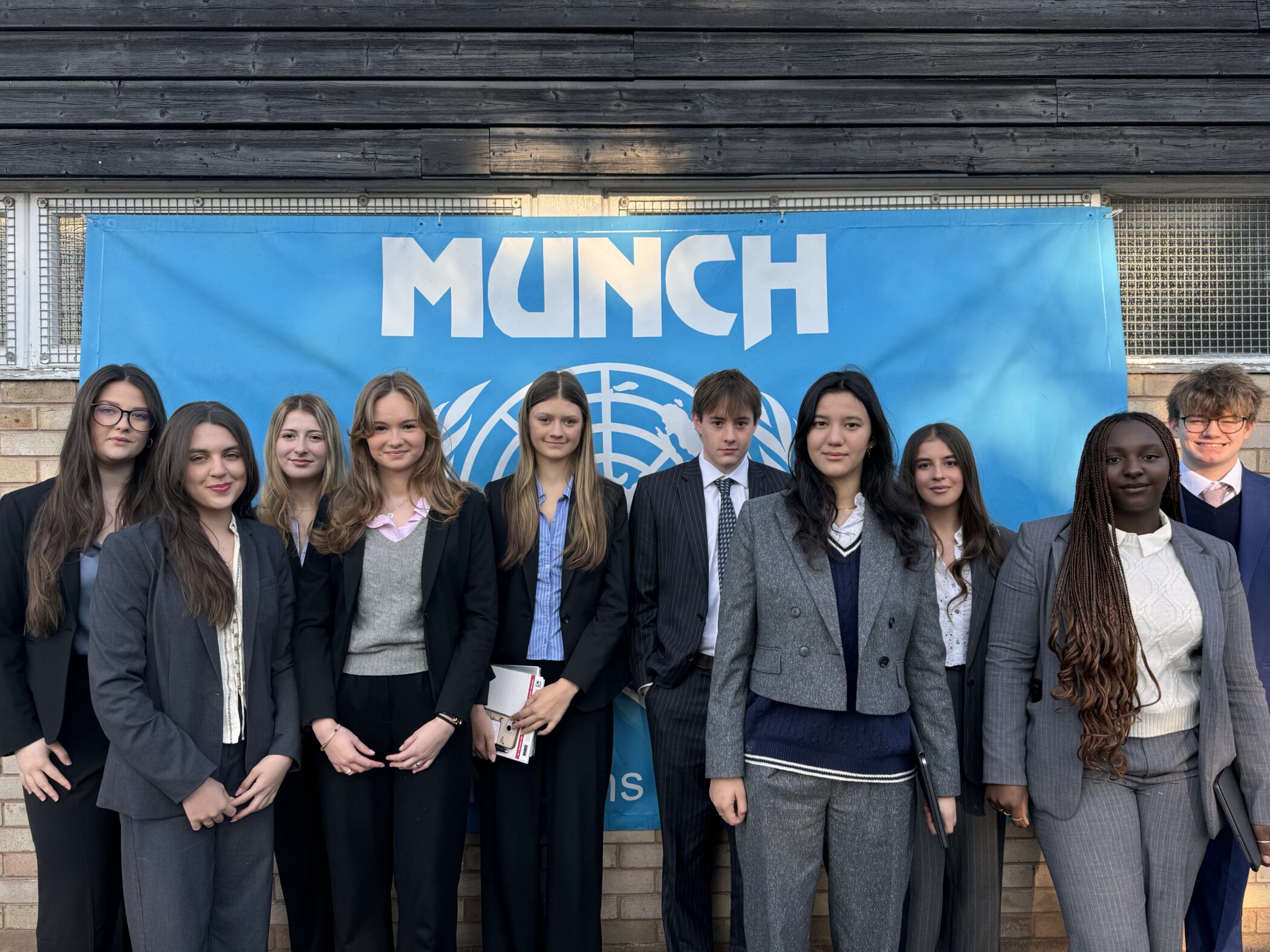Lower 1 travelled to the national coal mining museum in Wakefield to see the history of coal mining in the UK.
Teacher of Design and Technology Chris Edwards, tells us more:-
“Upon arrival the pupils went to the pit pony stable where they spoke to the stable hands about the ponies’ role in the mines and had some hand-on experience with the horses. They also visited the blacksmith’s and engineering shed where they were given a demonstration.
After lunch the pupils went into the technical museum and saw the history of the machinery, as well as the housing that the miners had lived in. They also explored a reproduction of the original small seam tunnels and learned about the communities, miners’ strike and disasters.
After this they were split into four groups to be sent down the mine in 15 minute intervals, with each group waiting their turn in the adventure playground.
All students were given a miner’s helmet and lamp. They descended the pit shaft in the lift to 140 metres below the ground. At the bottom they looked up the unused second shaft to see where they had been standing on a glass walkway over it at the top.
Our guide was an ex-miner, who took the pupils through a guided tour over 180 years of mining in the UK. The guide explained what they would have been expected to do from the age of eight, six days a week. Up until 1841 when children were banned from going underground, however there was only one inspector for the whole country and they had to give notice, so it continued long after this.
The pupils went up a reproduction of the ‘small hand picked dug coal tunnels’. Then the mine opened up so they could stand, which represented when machinery came along in the early 20th century. The miners had to handle heavy pneumatic drills all day to create holes for dynamiting throwing out dust causing silicosis.
The tour moved to the final days of UK mining, which showed long wall cutting where large rotating cutting machines removed the coal onto a conveyor belt that reach the surface (also the fire exit) and supported the ceiling with hydraulic rams before moving forward and letting it collapse behind it.
At the end of the day the pupils had some time in the gift shop before coming home.”





